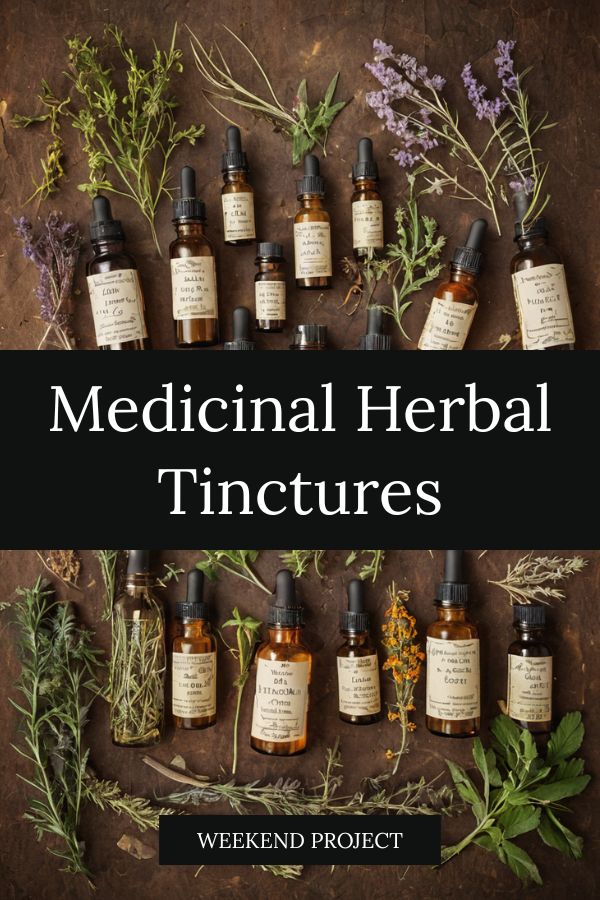Pot Marigold (Calendula Officinalis)
Information Reliability Score: 2/10
This score reflects the overall reliability of the information presented in this article. It is based on the quality of scientific evidence, accuracy of sources, and the transparency of references related to Calendula officinalis.
Pot Marigold, scientifically known as calendula officinalis, is a medicinal herb widely recognized for its therapeutic properties and historical use in traditional medicine. It is renowned for its anti-inflammatory, antimicrobial, and wound-healing benefits, making it a popular choice for topical treatments such as creams and ointments. Historically, it has been used in European and Middle Eastern cultures to treat skin conditions, digestive issues, and as a general tonic for overall wellness. In modern wellness practices, pot marigold is incorporated into natural skincare products, herbal teas, and dietary supplements to support immune function and promote skin health. One of its unique features is the presence of flavonoids and triterpenes, which contribute to its potent healing properties, and it has been cultivated for centuries as a symbol of protection and healing.
FREE COURSE
How to make medicinal herbl tinctures for common ailments at home and in a weekend (using the Healing Drop System).

